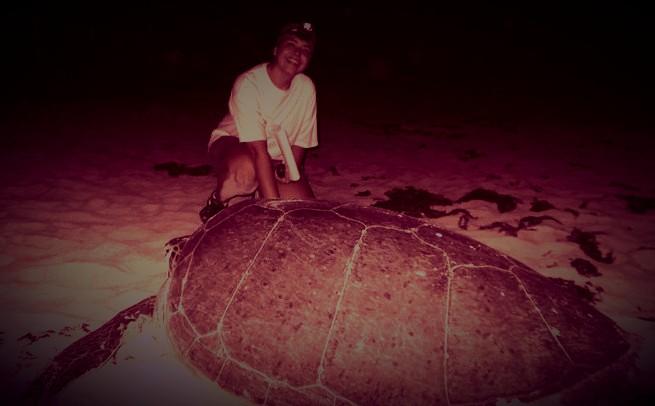
Coral Princess Hotel & Dive Resort Sea Turtle Nesting Season in Cozumel: A Natural Wonder Worth Protecting
Take a look at all of the news
Sea Turtle Nesting Season in Cozumel: A Natural Wonder Worth Protecting

From May through November, Cozumel's beaches become the stage for one of nature’s most beautiful events: the sea turtle nesting season. Every year, hundreds of green turtles and loggerhead turtles return to the very beaches where they were born to lay their eggs—continuing a cycle that’s millions of years old.
At Coral Princess Hotel & Dive Resort, we are proud to be part of an island that actively protects this ancient ritual through community action, environmental education, and responsible tourism.
Which Sea Turtle Species Nest in Cozumel?
Cozumel is home to two main nesting species:
How Does the Nesting Process Work?
After mating offshore, females come ashore at night to lay their eggs. Each turtle can dig up to three or four nests per season, with 80–120 eggs per nest. First, they make a “bed” called a body pit by scooping away the loose sand; then, with their posterior flippers they dig a perfectly designed teardrop-shaped chamber in the sand, about 2 feet deep, to lay their eggs. Finally, the nest is covered and camouflaged to protect the nest from being preyed upon. Once laid, the eggs incubate for about 45 to 60 days. The hatchlings then emerge, usually at night guided by the moonlight reflected on the waves, and begin their journey to the sea—a journey filled with natural (and some unnatural) dangers.
Their odyssey from the nest to the sea is key for their future, a process called geomagnetic imprinting. All female turtles will return to their natal beach to nest when the time comes. They have some kind of sensors which remember the geomagnetic and chemical conditions of the beach they were born in and that memory is imprinted by walking to the sea by themselves. Never touch their bellies and never “help” them get to shore faster.
Once in the water, the dangers are not over. They have to swim for days towards finding some refuge among the sea grass or algae to feed and hide and try to remain safe for years while growing up. This time is called “the lost years”. As they mature, they return to coastal areas, eventually reaching a size where they can forage and continue their development.
Only about 1 in 1,000 hatchlings survive to adulthood, making every nest critical to the survival of these endangered species.
What Threats Do Turtles Face in Cozumel?
Despite protection efforts, sea turtles face many risks:
This is why keeping beaches clean, undisturbed, and dark at night is crucial during nesting season.
How Can Visitors Help Protect Sea Turtles?
Here in Cozumel, tourists play a very important role. Simple actions can make a big difference:
A process called Temperature-dependent Sex Determination (TSD) is what determines the sex of hatchlings during incubation.
Although this is might seem to be a natural balance system, climate change caused by humans may affect the natural balance of ecosystems.
This is why we urge you to be a Responsible Tourist and citizen (and human) every single day.
One small action can have serious consequences in a butterfly effect for bad and for good).
Volunteer Programs and Conservation Brigades in Cozumel
Cozumel is proud to have multiple programs dedicated to turtle conservation:
These organizations work closely with trained biologists and volunteers to register nests, mark them, relocate those in danger, and protect hatchlings in safely reaching the ocean.
Why Cozumel Takes Pride in Turtle Conservation
Sea turtles are not a seasonal attraction. They are key to marine ecosystem health, helping maintain healthy seagrass beds and coral reefs. Cozumel’s commitment to their protection reflects its deep respect for nature and its heritage as a biosphere reserve and marine sanctuary.
Thanks to decades of coordinated effort between local authorities, conservationists, and island residents, Cozumel is a leading example of successful sea turtle protection in the Mexican Caribbean.
Be Part of the Solution During Your Stay
As a guest at Coral Princess Hotel & Dive Resort, you can enjoy your vacation knowing you're supporting a destination that values and protects its natural treasures. Ask our team how you can join an upcoming turtle brigade or learn more about local conservation efforts.
Become the solution, not the problem.

